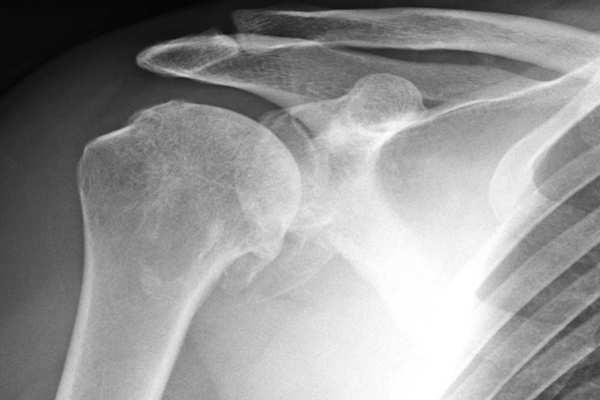- Foreword
- Message from Board Chair & Chief Executive
- 2023 Clinical Research Fellowships
- A message from the RBWH Foundation
- A message from The Common Good
- Metro North Research Excellence Awards
- Research stories
- ICU of the Future
- New approach ruling out pulmonary embolism
- Improving access to healthcare in the prison environment
- Safety and efficacy of peripheral versus centrally administered vasopressor infusion
- COVID-19 learnings set to inform future policy
- Telomere study could provide key to treating debilitating lung disease
- Productive Ward – Releasing time to care
- Brain organoids to revolutionise epilepsy treatment
- Reducing weight stigma in maternity care
- Parkinson’s Disease Check-In program giving people a voice
- Trial brings new treatment for common heart condition
- Teledentistry study shows promise in residential aged care
- Research fellow to boost Oral Health evidence-based care
- Study explores best approach to surgery for painful shoulder osteoarthritis
- The development and pilot testing of a stroke telerehabilitation decision toolkit
- Metro North Health delivers world-first breast scaffold surgery
- Regenerative jawbone hard at work care of collaborative Metro North Health approach
- Jamieson Trauma Institute leads e-scooter and e-bike injury research to drive community safety
- Forgotten fathers in pregnancy and obstetrics
- Putting the Spotlight on nursing and midwifery research
- Improving the health self-efficacy of stroke survivors
Study explores best approach to surgery for painful shoulder osteoarthritis

A world-first study is investigating the best approach to shoulder joint replacement surgery for the treatment of osteoarthritis of the shoulder.
A new world-first study will investigate the best approach to shoulder joint replacement surgery for the treatment of osteoarthritis (OA) of the shoulder.
The NHMRC funded randomised clinical trial is a collaboration of clinicians and researchers from several universities and health services across Australia, including Professor Richard Page, shoulder surgeon from Deakin University in Victoria, and Professor Nadine Foster, Director for the Surgical, Treatment and Rehabilitation Service (STARS) Education and Research Alliance between Metro North and The University of Queensland.
People with OA of the shoulder commonly suffer pain, limited motion and stiffness and an inability to carry out everyday tasks. Investigating the best surgical treatment for OA of the shoulder will benefit the many Australians who suffer from the condition.
Professor Nadine Foster said the research is extremely important to Australia, where shoulder replacement for OA of the shoulder is on the increase.
“Shoulder replacement for OA has grown rapidly across the globe. In Australia, there were 76,347 shoulder replacements in 2021, representing an increase of 219 per cent since 2008. This figure is amongst one of the highest increases globally,” Professor Foster said.
“Shoulder replacement surgery removes damaged parts of the shoulder and replaces the joint with metal and plastic implants. It is generally carried out when pain from OA cannot be controlled by other methods such as painkillers and/or physiotherapy.
“Despite the number of shoulder replacements being done in Australia, there is a lack of high-quality research comparing the effectiveness of the two main surgical approaches, reverse and standard (anatomical) shoulder replacement.
“The Reverse or Anatomical (replacement) for Painful Shoulder Osteoarthritis: Differences between Interventions (RAPSODI) trial is investigating if reverse is superior to anatomical shoulder replacement at improving shoulder pain and function. It is also examining the comparative cost-effectiveness of the two approaches.”
The RAPSODI trial will involve many clinical sites in Australia, including Metro North Health, and is being conducted in parallel with RAPSODI-UK, with a total of 450 patients aged over 60 with shoulder OA. Patients will be randomised to either the standard or reverse shoulder replacement and followed up for two years. The data from both trials will be combined in a future meta-analysis.
